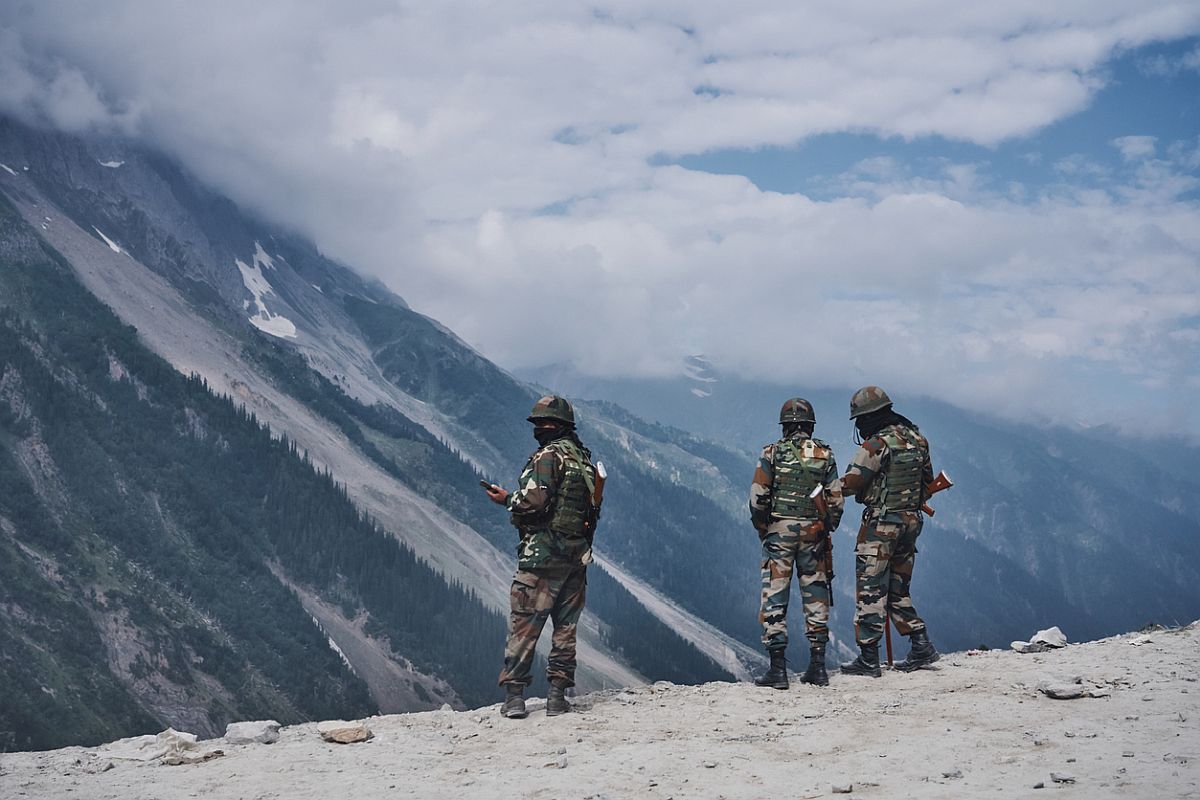PM spells out India’s position on China
I n a recent interview to Newsweek, the Prime Minister, discussing Indo-China relations, commented, “For India, the relationship with China is important and significant.
Substantiating its contention, the panel said several weeks before the clash, Chinese Defence Minister Wei Fenghe had made a statement encouraging Beijing to “use fighting to promote stability”.

(Representational Photo: iStock)
China planned the 15 June clash between the People’s Liberation Army (PLA) and the Indian Army at the Galwan Valley in eastern Ladakh in which 20 Indian soldiers were killed while there were an unspecified number of casualties on the Chinese side, according to a US government agency.
In its 2020 report to Congress, the US-China Economic and Security Review Commission (USCC) said, “Some evidence suggested the Chinese government had planned the incident (Galwan), potentially including the possibility for fatalities.”
Substantiating its contention, the panel said several weeks before the clash, Chinese Defence Minister Wei Fenghe had made a statement encouraging Beijing to “use fighting to promote stability”.
Advertisement
Just two weeks before the Galwan Valley incident, an editorial in the Chinese Communist Party (CCP) mouthpiece Global Times warned India would suffer a devastating blow in its trade and economic ties with China if it got involved in the US-China rivalry, it added.
The USCC said satellite images had depicted a large Chinese buildup in the Galwan Valley, including potentially 1000 PLA soldiers, the week before the deadly skirmish.
The report said the exact motivations behind the Chinese governments’ provocative behaviour along the LAC this year remained unclear. The proximate cause of the clash appeared to be India’s construction of a strategic access road to support troops stationed along the LAC. China has built extensive infrastructure along the LAC in recent years. In the aftermath of the clash, Beijing asserted sovereignty over the entire Galwan Valley, a new claim and a significant change in the status quo.
It said tensions have increased since the initial clash with China building up its troop presence along the LAC since July. In September, shots were fired for the first time since 1975 along Pangong Tso, a strategic area close to the site of the 15 June clash. Although no injuries were reported, both sides accused each other of violating a 1996 agreement barring the use of firearms along the LAC.
The report noted that India and China have been engaged in multiple physical clashes along their borders for decades but since Xi Jinping assumed power in 2012, the two countries have seen five major altercations along their borders. “Beijing ramped up its coercion campaign against its neighbours, provoking military or paramilitary stand-offs with countries from Japan to India and much of Southeast Asia,” it said. The report noted the CCP employed its armed forces as a tool during peacetime, carrying out intimidation exercises around Taiwan and in the South China Sea.
Advertisement